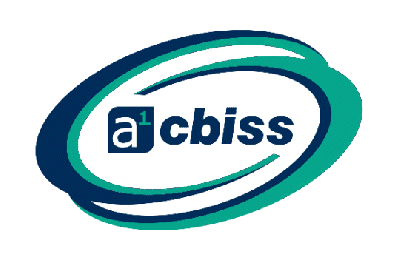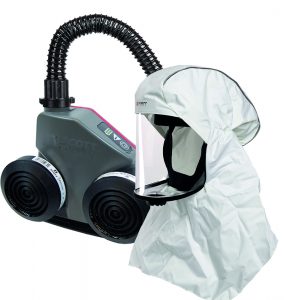During the COVID pandemic, the Duraflow PAPR has become the most popular respiratory product. We’ve been mostly selling these to nurses and consultants in the NHS as well as dentists and other healthcare professionals who feel that the loose-fitting PAPR provides the level of protection and ultimate comfort whilst carrying out their jobs.
We’ve been inundated with questions about the Duraflow PAPR, so we thought we’d share the most popular in this useful FAQ guide
- What are the biggest advantages of wearing a PAPR and loose-fitting headtop? Convenience and policy – As loose-fitting headtops don’t require a tight seal, this eliminates the need for wearers to clean shave. Hospital trusts cannot enforce religious beards to be shaved off and therefore PAPR is the only option for workers with beards. Time & Cost Savings – No need to pay for and organise regular face fit-testing. Comfort – The real benefit to healthcare workers is that powered air respirators are comfortable to wear. The face does not sweat because cool purified air continually circulates around the head top. There are no pressure points so the wearer is not left with any sore skin markings.
- Can I wear glasses? Yes, glasses can be comfortably worn whilst using a loose-fitting headtop.
- Can a respirator be worn by more than one person? Yes, however it’s recommended that the PAPR is disinfected before being handed to a co-worker.
- How often should the respirator be cleaned? At the end of a shift per worker, the battery will need recharging and the unit will need disinfecting so it can be passed to the next person to wear. It is important to remember that a PAPR is used to filter out contaminants from the air, and therefore contaminants are concentrated on the filter/cartridge itself, and potentially on other surfaces of the PAPR system. Download Guide: How to clean your PAPR
- What is the Pro2000 P3 filter shelf life? 10 years
- When should the P3 filters be changed to help reduce exposure to airborne biological aerosols? Particulate filter change schedules for PAPRs are determined by two main considerations: filter loading (clogging of the filter from captured particulates) and a facility’s infection control policy. Loading or clogging of PAPR filters is typically not an issue when used for biological aerosols.
In healthcare facilities, PAPR filter change schedules for airborne biological aerosols are primarily determined by the facility’s infection control policy. The infection control policy should be developed based on applicable national and local guidelines. Most healthcare organisations develop their filter use and reuse policy based on the likelihood of the filter becoming contaminated, and potential for patient-to-patient and patient-to-worker cross-contamination. - Can the PAPR P3 filter be cleaned? While the outside filter body can be wiped down for cleaning, do not attempt to clean the filter media inside the filter body.





